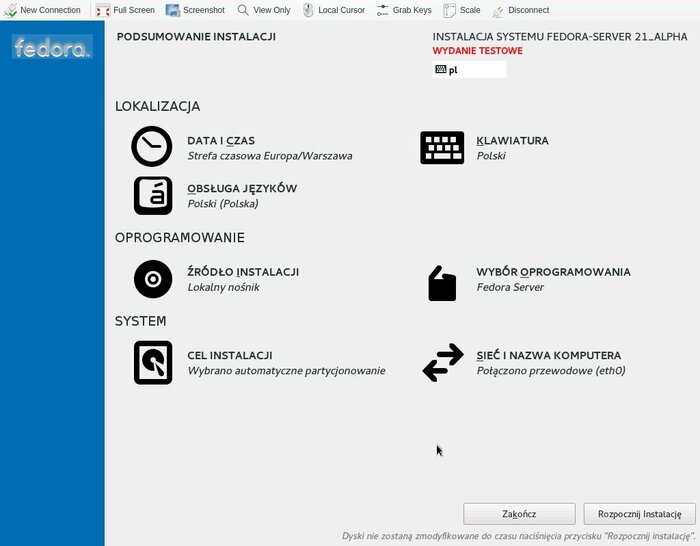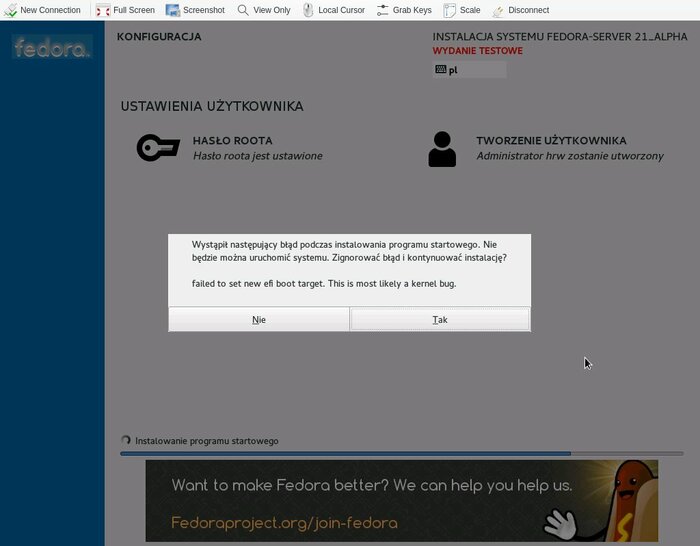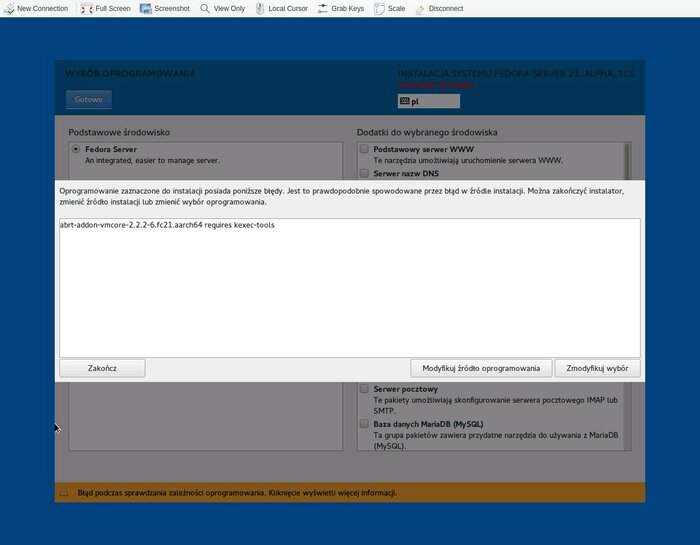I do not remember exactly when I started working on ARMv8 stuff. Checked old emails from Linaro times and found that we discussed AArch64 bootstrap using OpenEmbedded during Linaro Connect Asia (June 2012). But it had to wait a bit…
First we took OpenEmbedded and created all tasks/images we needed but built them for 32-bit ARM. But during September we had all toolchain parts available: binutils was public, gcc was public, glibc was on a way to be released. I remember that moment when built first “helloworld” — probably as one of first people outside ARM and their hardware partners.
At first week of October we had ARMv8 sprint in Cambridge, UK (in Linaro and ARM offices). When I arrived and took a seat I got information that glibc just went public. Fetched, rebased my OpenEmbedded tree to drop traces of “private” patches and started build. Once finished all went public at git.linaro.org repository.
But we still lacked hardware… The only thing available was Versatile Express emulator which required license from ARM Ltd. But then free (but proprietary) emulator was released so everyone was able to boot our images. OMG it was so slow…
Then fun porting work started. Patched this, that, sent patches to OpenEmbedded and to upstream projects and time was going. And going.
In January 2013 I started X11 on emulated AArch64. Had to wait few months before other distributions went to that point.
February 2013 was nice moment as Debian/Ubuntu team presented their AArch64 port. It was their first architecture bootstrapped without using external toolchains. Work was done in Ubuntu due to different approach to development than Debian has. All work was merged back so some time later Debian also had AArch64 port.
It was March or April when OpenSUSE did mass build of whole distribution for AArch64. They had biggest amount of packages built for quite long time. But I did not tracked their progress too much.
And then 31st May came. A day when I left Linaro. But I was already after call with Red Hat so future looked quite bright ;D
June was month when first silicon was publicly presented. I do not know what Jon Masters was showing but it probably was some prototype from Applied Micro.
On 1st August I got officially hired by Red Hat and started month later. My wife was joking that next step would be Retired Software Engineer ;D
So I moved from OpenEmbedded to Fedora with my AArch64 work. Lot of work here was already done as Fedora developers were planning 64-bit ARM port few years before — when it was at design phase. So when Fedora 15 was bootstrapped for “armhf” it was done as preparation for AArch64. 64-bit ARM port was started in October 2012 with Fedora 17 packages (and switched to Fedora 19 during work).
My first task at Red Hat was getting Qt4 working properly. That beast took few days in foundation model… Good that we got first hardware then so it went faster. 1-2 months later and I had remote APM Mustang available for my porting work.
In January 2014 QEmu got AArch64 system emulation. People started migrating from foundation model.
Next months were full of hardware announcements. AMD, Cavium, Freescale, Marvell, Mediatek, NVidia, Qualcomm and others.
In meantime I decided to make crazy experiment with OpenEmbedded. I was first to use it to build for AArch64 so why not be first to build OE on 64-bit ARM?
And then June came. With APM Mustang for use at home. Finally X11 forwarding started to be useful. One of first things to do was running firefox on AArch64 just to make fun of running software which porting/upstreaming took me biggest amount of time.
Did not took me long to get idea of transforming APM Mustang (which I named “pinkiepie” as all machines at my home are named after cartoon characters) into ARMv8 desktop. Still waiting for PCI Express riser and USB host support.
Now we have October. Soon will be 2 years since people got foundation model available. And there are rumors about AArch64 development boards in production with prices below 100 USD. Will do what needed to get one of them on my desk ;)


